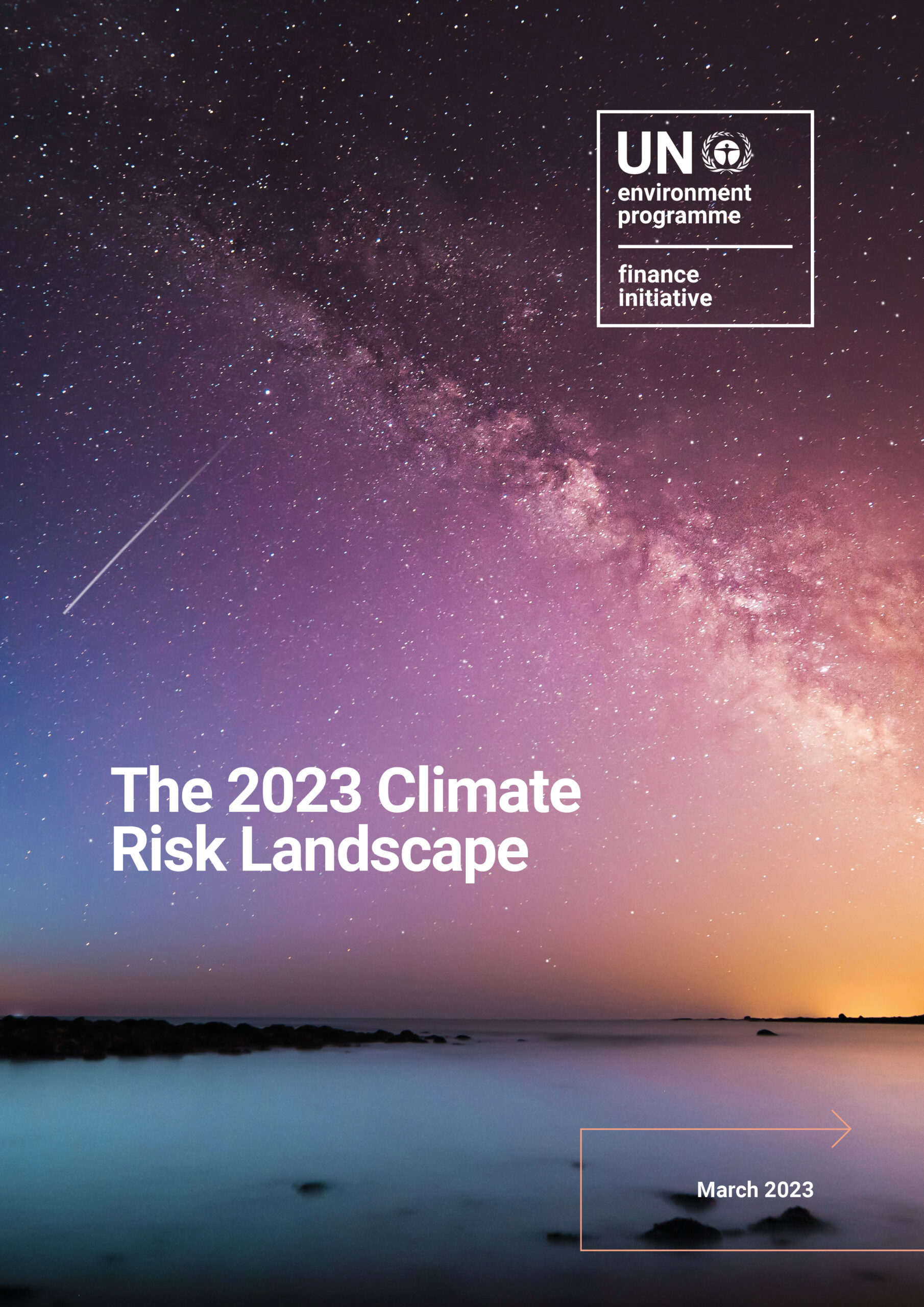The Net-Zero Asset Owner Alliance’s Progress Report presents transparently and credibly members’ efforts to achieve net-zero greenhouse gas (GHG) emissions by 2050. To track members’ progress, the Alliance publishes detailed aggregate data on members’ intermediate climate targets and implementation of those targets.
In the fourth Progress Report, the Alliance provides for the second consecutive year data on members’ absolute financed emissions. This data demonstrates that members are decarbonising their portfolios in line with the 1.5°C pathways (as defined by the Intergovernmental Panel on Climate Change) with reductions of 6 per cent annually, on average.
GHG emissions reduction can be attributed to many factors. Alliance’s previous work on emissions reduction attribution suggests that portfolio allocation plays an important role. The Alliance’s latest data on sub-portfolio targets and climate solution investment targets tell a similar story. Key data highlights from this progress report include:
- 81 members, with a combined AuM of USD 9.4 trillion (98.9% of the Alliance’s total AUM) have now set intermediate decarbonisation targets.
- Nearly all (79) of the members setting targets have chosen to set sub-portfolio targets, which cover 48% or USD 4.3 trillion of members’ total AuM. On average, members targeted a reduction of 26 per cent by 2025 for bonds, equities, real estate, and infrastructure.
- Members’ investment in climate solutions has grown from USD 380 billion in December 2022 to USD 555 billion in December 2023.
Real-economy decarbonisation, however, is not currently one of the driving factors of portfolio decarbonisaton. Action in the real economy is lagging behind what is needed to limit global warming to 1.5°C. This is why the Alliance concludes the progress report with an urgent call to action to external stakeholders. Ahead of the 29th Conference of the Parties to the United Nations Framework Convention on Climate Change, the Alliance specifically calls on policymakers to: deliver demand reductions for oil and gas; design and implement carbon pricing mechanisms; develop a detailed and credible transition plan; phase out all unabated existing coal-fired electricity generation; and scale blended finance for investment into emerging markets and development economies



